Description
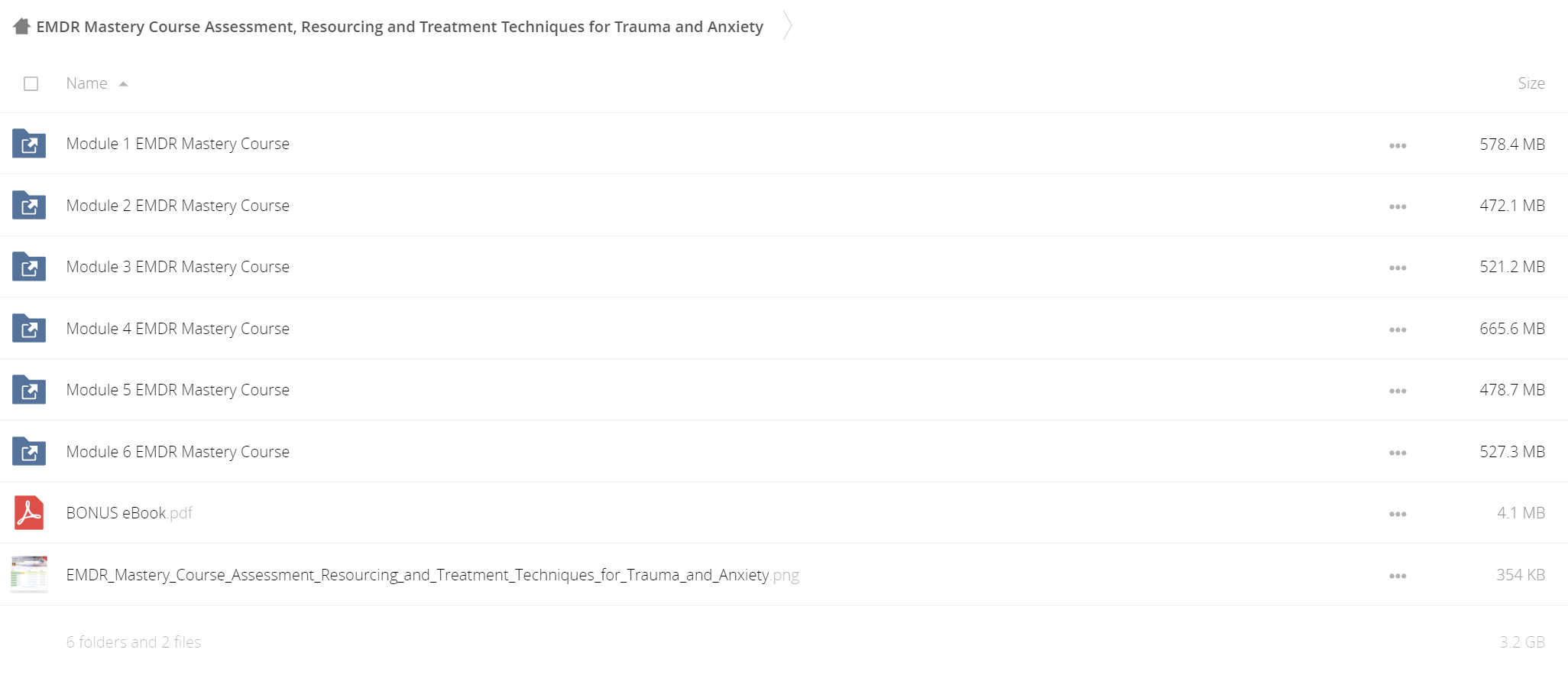
EMDR Mastery Course: Assessment, Resourcing and Treatment Techniques for Trauma and Anxiety – Jennifer Sweeton
EMDR has helped thousands of clients reclaim their lives, quickly and consistently helping them find relief from the trauma and anxiety that plague them.
But without guidance and hands-on practice, you’re unable to bring this groundbreaking evidence-based treatment to your clients who so desperately need it.
In this comprehensive training course, you’ll learn effective strategies to transform traumatic memories and anxious feelings — so your clients feel less in-danger and distressed, and more hopeful for the future.
Internationally-recognized expert, Dr. Jennifer Sweeton, will help you transform your clients’ lives by sharing step-by-step instructions, expert tips for each phase of treatment, and helpful video demonstrations so you can start applying EMDR techniques in your practice right away.
What You’ll Learn…
In these 6 comprehensive video modules, you’ll learn how to use brain-based techniques to change your clients’ traumatic memories and help them feel safe again — preventing them from ending therapy early and bringing them faster healing from trauma and anxiety.
Module 1 :
The Neuroscience of Trauma and Anxiety: Healing Trauma by Treating the “Disease of Memory”
- Why relaxation may actually be a trauma trigger for your clients and how to make relaxation feel safe again
- How EMDR targets the 5 major brain areas affected by trauma and guides each one in the direction of health
- Which assessment tools are most effective for evaluating and tracking trauma symptoms, ranging from 4-question screeners to the most comprehensive “gold standard”
- The unexpected trauma symptoms that many therapists misdiagnose, causing them to choose treatments that don’t fit their client’s needs
Module 2 :
Mechanisms of EMDR: How Healing Attachment and Targeted Brain Change Lead to Rapid Recovery
- Why building a strong therapeutic alliance is the single most important technique/approach you’ll use with your clients
- How to activate your clients’ mirror neurons to help them connect in therapy and build attunement quickly (with a video demonstration)
- The 6 Laws of Brain Change, and how each phase of EMDR leverages these to deliver faster progress
- Why PTSD is really a disease of memory, and how to make traumatic memories feel less dangerous, less distressing, and more in the past
Module 3 :
Practical EMDR Techniques: Moving Clients from Surviving to Thriving
- The biggest mistake most clinicians make in applying EMDR, and how to prevent your clients from experiencing more distress than they can handle
- How to talk with your clients about EMDR in easy-to-understand language that connects with their biggest concerns
- How to be certain you’re focusing on the right target from the start… even if your client comes in with a laundry list of different concerns
- The biggest challenge in EMDR… This is something that even veteran clinicians practicing EMDR for over 20 years still struggle with regularly
Module 4 :
Preparation & Resourcing – Tools, Skills, and Resources to Manage Distress Confidently
- 15+ effective coping skills and reliable resources to help your clients stabilize when they’re feeling overwhelmed
- Why clients say deep breathing doesn’t work for them and how to make it a vital part of their toolbox
- Why you should start with your client’s most distressing “touchstone memory” first instead of graded exposure (and how to start here without them feeling too distressed)
- How simply using the process of checking in on distress levels can lead your clients to less guilt, blame, and shame
Module 5 :
Eye Movements & More: Using Bilateral Stimulation to Put Distressing Memories in Their Place
- Beyond eye movements — 5 other techniques you can combine to build whole-brain communication, making traumatic memories feel less vivid and distressing
- How to effectively prepare your client and strengthen the therapeutic relationship before working through the trauma
- How to adapt EMDR techniques for clients with complex and developmental trauma to keep them within their “window of tolerance” and prevent clients from dissociating unexpectedly
- What to do in incomplete sessions when your client’s distress level doesn’t come all the way down
Module 6 :
EMDR Modifications for Other Disorders
- How your approach using EMDR changes when trauma occurred before clients became verbal
- How to tweak the order and focus in EMDR when treating clients with anxiety versus trauma
- What else to change in the protocol when using EMDR for clients with OCD or Dissociative Identity Disorder
- Other promising, cutting-edge approaches for reconsolidating traumatic memories
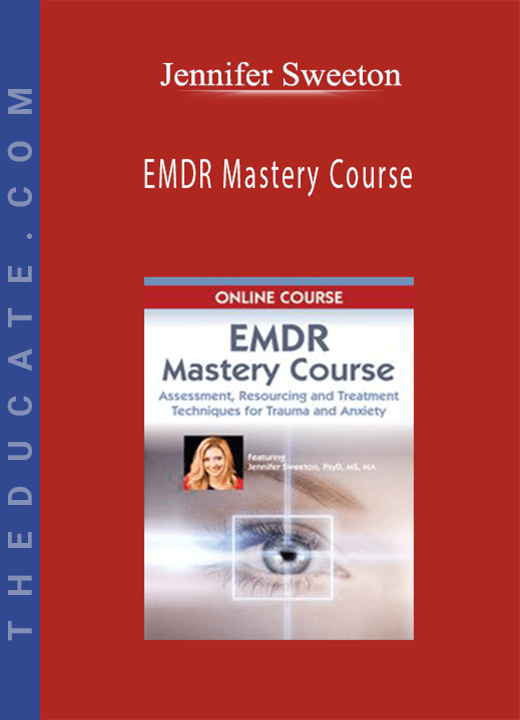


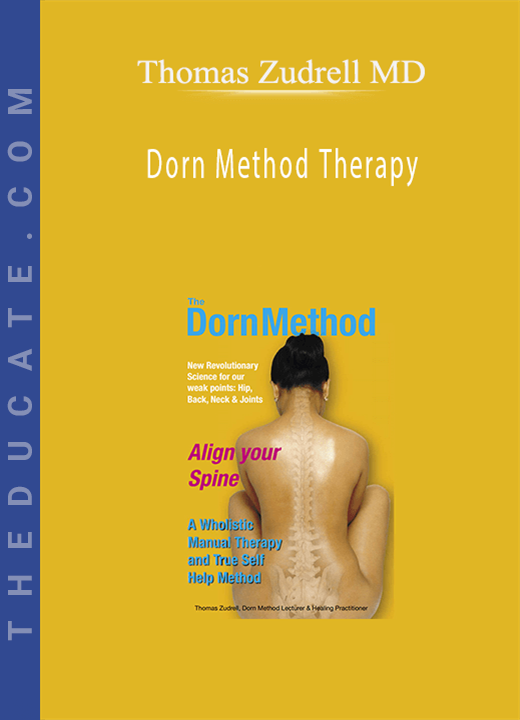
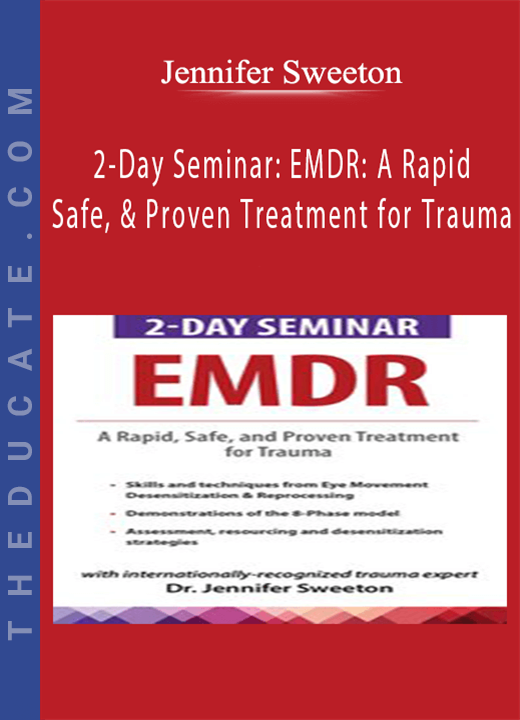

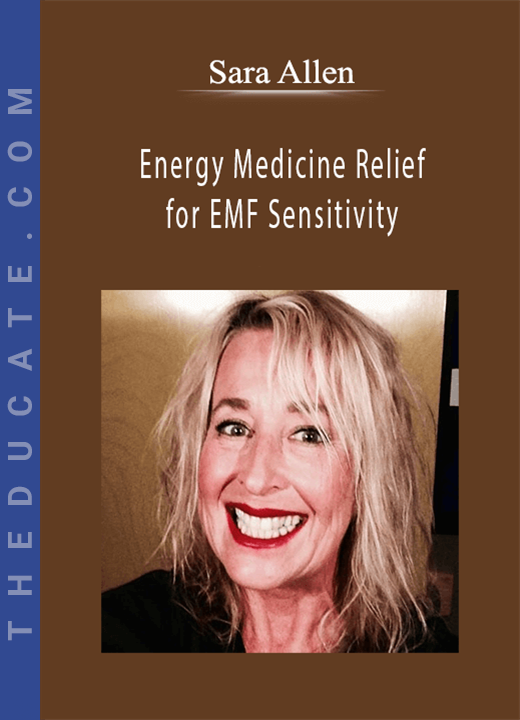
3 reviews for EMDR Mastery Course: Assessment, Resourcing and Treatment Techniques for Trauma and Anxiety – Jennifer Sweeton
There are no reviews yet.